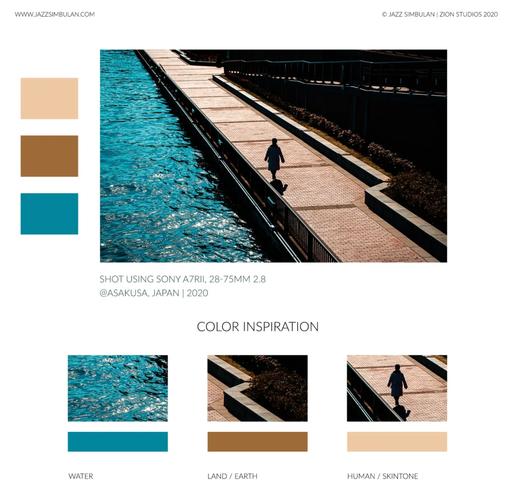Earth Tones Color Palette: A Comprehensive Guide
Colors have always been a significant part of our lives, influencing our emotions, perceptions, and even our decisions. Among the vast array of color palettes available, the earth tones color palette stands out for its natural, soothing, and timeless appeal. In this article, we will delve into the various aspects of the earth tones color palette, exploring its origins, characteristics, and applications in different fields.
Origins of Earth Tones
The earth tones color palette is inspired by the natural elements found on our planet, such as soil, rocks, trees, and water. These colors have been used by humans for thousands of years, both in art and everyday life. The palette typically includes shades of brown, green, beige, and gray, which are reminiscent of the earth’s surface.

Characteristics of Earth Tones
One of the defining characteristics of earth tones is their muted and subdued nature. Unlike bright and vibrant colors, earth tones are soft and warm, creating a sense of calm and relaxation. This is due to the fact that these colors are derived from natural sources, which tend to be less intense and more harmonious.
Another notable feature of earth tones is their versatility. They can be used in various contexts, from interior design to fashion, and even in art and photography. The palette’s ability to blend seamlessly with other colors makes it an excellent choice for creating a cohesive and balanced look.
Applications of Earth Tones
1. Interior Design
In interior design, earth tones are often used to create a cozy and inviting atmosphere. They work well in both traditional and modern settings, as they can be paired with other colors to achieve a wide range of aesthetics. For example, a brown sofa can be complemented with green accents to create a warm and inviting living room.

2. Fashion
In the fashion industry, earth tones are a staple for creating a timeless and sophisticated look. They are often used in both casual and formal wear, as they are versatile and can be mixed and matched with various other colors. Earth tones are also known for their ability to flatter a wide range of skin tones, making them a popular choice for all genders and ages.
3. Art and Photography
Artists and photographers often turn to earth tones to convey a sense of realism and authenticity. The natural and muted colors of the palette help to create a connection with the viewer, as they evoke a sense of familiarity and comfort. Earth tones are also used to create a sense of depth and dimension in artwork, as they can be layered and blended to create a variety of textures and effects.
Creating Your Own Earth Tones Color Palette
Creating your own earth tones color palette is a fun and rewarding process. Here are some tips to help you get started:
- Start by collecting natural elements such as rocks, leaves, and soil.
- Use a color wheel to identify the primary colors in the natural elements you have collected.
- Experiment with different shades and tones of the primary colors to create a cohesive palette.
- Consider the context in which you will use the palette and choose colors that complement the environment.
Table: Earth Tones Color Palette Examples
| Color | Hex Code | Description |
|---|---|---|
| Beige | f5f5dc | A light, neutral shade of brown, often used in interior design. |
| Khaki | 847a5d | A warm, earthy brown with a greenish tint, popular in outdoor clothing. |
| Charcoal | 333 | A dark, neutral gray, often used in fashion and interior design. |
| Green Olive | 8f9d6f | A muted, olive green with a brownish tint, reminiscent of natural foliage. |
| Sienna | a0522d | A rich, warm brown with a reddish hue, often
Back To Top
|




